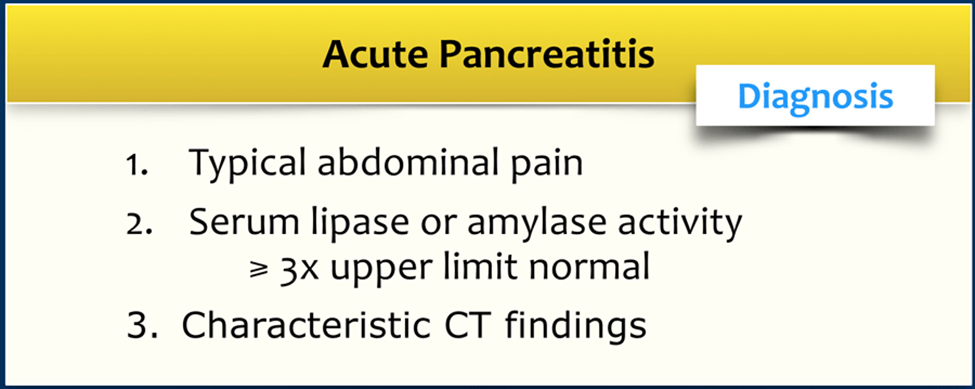A nurse is caring for a client who has cirrhosis and a prothrombin time of 30 seconds. Which of the following medications should the nurse plan to administer?
Warfarin
Vitamin K
Heparin
Ferrous sulfate
The Correct Answer is B
A. Warfarin:
Warfarin is an anticoagulant that works by inhibiting the synthesis of certain clotting factors, including factors II, VII, IX, and X. While it is used to prevent thromboembolic events, in a client with cirrhosis and an elevated PT, the priority is addressing the coagulation factor deficiency rather than adding an anticoagulant.
B. Vitamin K:
Vitamin K is the antidote for warfarin, and it helps in the synthesis of clotting factors. In cirrhosis, there can be impaired synthesis of clotting factors due to liver dysfunction. Administering vitamin K can aid in correcting coagulation abnormalities.
C. Heparin:
Heparin is another anticoagulant, but it does not reverse the effects of warfarin. It works by a different mechanism and is typically used in acute settings, such as deep vein thrombosis or pulmonary embolism. It is not the primary intervention for an elevated PT in cirrhosis.
D. Ferrous sulfate:
Ferrous sulfate is an iron supplement and is not indicated for the correction of an elevated PT. Iron supplements are typically used to address iron deficiency anemia.
Nursing Test Bank
Naxlex Comprehensive Predictor Exams
Related Questions
Correct Answer is C
Explanation
A. Calcium:
While calcium levels can be affected in pancreatitis, it is more commonly associated with a decrease in calcium levels due to fat necrosis and the formation of calcium soaps. However, the primary electrolyte disturbance is more likely to involve magnesium.
B. Magnesium:
Magnesium levels may be decreased in acute pancreatitis due to factors such as vomiting, malabsorption, and poor oral intake. Hypomagnesemia is a possible consequence, but it's not as specific to pancreatitis as the elevation of amylase.
C. Amylase:
Elevated amylase levels are a hallmark of acute pancreatitis. Amylase is an enzyme released by the pancreas, and its elevation in the blood is a key diagnostic marker for pancreatitis.
D. RBC count:
Acute pancreatitis does not typically result in a significant impact on the red blood cell (RBC) count. The elevation of amylase and lipase levels, along with imaging studies, is more indicative of pancreatitis.

Correct Answer is D
Explanation
A. Provide oral hygiene.
Providing oral hygiene is important for the client's comfort and overall well-being. However, in the context of acute pancreatitis, the immediate priority is to address the gastrointestinal symptoms and prevent further pancreatic stimulation.
B. Assist the client to a side-lying position.
Assisting the client to a side-lying position can be beneficial for comfort and may help prevent complications such as aspiration. However, it is not the immediate priority after treating the pain. Withholding oral fluids and food takes precedence in the initial management of acute pancreatitis.
C. Auscultate the client's lungs.
Auscultating the client's lungs is a routine nursing assessment and is important for respiratory monitoring. However, in the context of acute pancreatitis, the primary focus is on addressing gastrointestinal symptoms, and respiratory assessment becomes more critical if respiratory distress is suspected.
D. Withhold oral fluids and food.
Withholding oral fluids and food is the priority intervention after treating the pain in acute pancreatitis. This is done to reduce pancreatic stimulation, allowing the pancreas to rest and recover. NPO (nothing by mouth) status is often initiated in the early management of acute pancreatitis.

Whether you are a student looking to ace your exams or a practicing nurse seeking to enhance your expertise , our nursing education contents will empower you with the confidence and competence to make a difference in the lives of patients and become a respected leader in the healthcare field.
Visit Naxlex, invest in your future and unlock endless possibilities with our unparalleled nursing education contents today
Report Wrong Answer on the Current Question
Do you disagree with the answer? If yes, what is your expected answer? Explain.
Kindly be descriptive with the issue you are facing.
